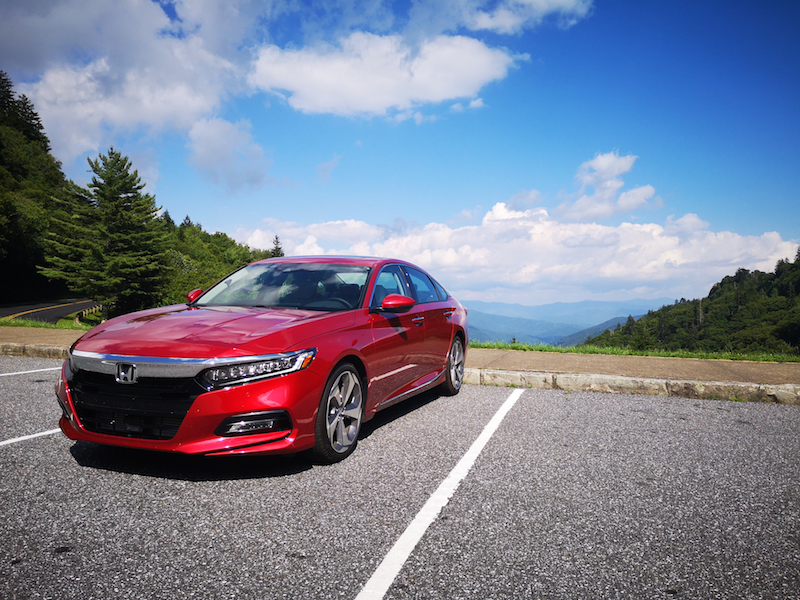
Everything in the US has a reputation for being big. The cities, the cars, even the food - it's all supersized in comparison to anything we have in Europe. So when obtaining content for our upcoming North American supplement, I decided to follow suit and go big by organising a 2,000 mile road trip with seven plant visits.
Highlights included seeing Honda's new hybrid Insight being built in Indiana, Subaru producing the large Ascent SUV alongside the Outback, Impreza and Legacy, Daimler Trucks North America (DTNA) constructing customised variants of the new Cascadia, and a visit to the brand new Constellium plant in Georgia where the supplier makes crash management systems out of aluminium. Another high point was driving my shiny new 2018 Honda Accord, which the company kindly provided for my entire trip, through the jaw-dropingly beautiful Great Smoky Mountains.
I was unsure of how I would be received with all the political unrest that is currently ongoing between the US and the rest of the world. Just weeks before my arrival, Europe said it would retaliate to steel tariffs that Trump had threatened to impose, while his discussions with China had become increasingly heated. Although it naturally came up in conversation, all but one of the companies I saw would not go on the record when speaking about US tariffs (Subaru being the exception).
Another key theme of the trip was electrification and the impact it could have on vehicle manufacturing facilities. Constellium was very bullish about its position, emphasising the potential weight savings that aluminium can provide for electrified vehicles in order to maximise range. Although the supplier only opened its plant in White, Georgia, in 2017 (the car's sat nav was unaware of the existence of the road leading to the plant), it may soon need to expand as interest in its solutions climbs.
Honda gave a run down on the challenges it faced when starting production of the Insight at Indiana, such as building the vehicle's unique body structure, accommodating in-house subassembly of the front-end module, and installation of electrified vehicle systems like the high-voltage wiring, the battery unit and power control system. Other companies alluded to potential changes taking place to their plants in the not-too-distant future - so it was clear that the hype surrounding vehicle electrification is not just one that is exclusive to media coverage.
Yet US consumers continue to be more interested in buying big wheels than investing in electric. The latest statistics from Kelley Blue Book suggest that both demand for and value of electrified vehicles is creeping up amid rising gas prices, but realistically, sales figures remain minuscule in comparison to demand for pick-ups and large SUVs. Regardless of the current mix, vehicle manufacturers and suppliers are keen to ensure that their facilities are future-proof, and are therefore working to maximise flexibility across all processes.
An expert at Honda's Indiana plant put it elegantly: "Consumer preference and demand for certain models can change rapidly. We have to be ready for tomorrow, and that means we must make sure we can build different types of vehicles, whether they are large or small, electrified or not."


































